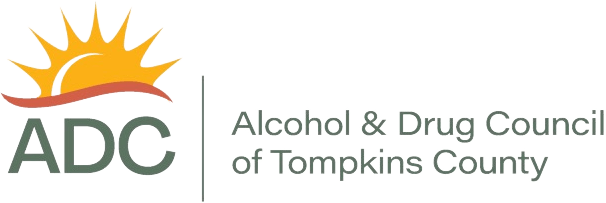This week’s message of #WeeklyWisdom is brought to you by Gianna Partee, Youth Development Service Specialist at TST BOCES, which is a proud partner of the Community Coalition for Healthy Youth.
Many people are told that being bullied is a part of growing up, a rite-of-passage, that helps kids get a thicker skin. We see this message in lots of coming-of-age movies and TV shows where the ‘underdog’ proves all the bullies wrong. The kids who were pushed into lockers or had their books slapped out of their hands become popular, good-looking, and win the big football game or get a full-ride to Harvard. This couldn’t be further from the truth and it is harmful for youth because bullying hurts not only the victim, but the bully too.
In an article from the University of Buffalo, Professor of Psychology, Jamie M. Ostrov, explains some of the consequences of bullying for both the bully and the victim. He explains that bullying is harmful/abusive actions that happen frequently and are often aggressive. The experiences of victims of bullying is well known by most folks, like poor mental health, but less known is the impact bullying has on the actual bully. Professor Ostrov says that people who bully during childhood are more likely to have legal or criminal troubles in their teenage and adult years. They also could have difficulty forming and maintaining positive relationships. Whether the victim or bully, the psychological pain and social-emotional downfalls of bullying are enough to call for continued action from our communities to reduce instances of bullying and reimagine ways to do so.
Bullying causes fear and tension for youth, and that can make it hard to have a peaceful, stress-free environment. The good news is, there are ways that we can build a caring, safe community. Below are a few ideas of how to prevent and address bullying from Clemson University’s Olweus Bullying Prevention Program:
1. Social-Emotional Learning (SEL): This can help with improving empathy, decreasing behavioral issues/referrals, improving academic performance, and improving school climate
2. Engage youth in establishing community standards/expectations of their peers and teachers
3. Encourage and train educators and staff in supervising student behavior and intervening when appropriate
4. Discuss and implement bullying prevention tactics and/or programs regularly so that bullying is addressed not only in the short-term, but also in the long-term!
In our care for youth, prioritizing reducing bullying is key. As adults, teachers, care-givers, practitioners, etc., that means intervening when you see bullying happening and being intentional in creating spaces where empathy, introspection, and healing can be taught and practiced. Together we can positively shift our community norms and attitudes to benefit all!
